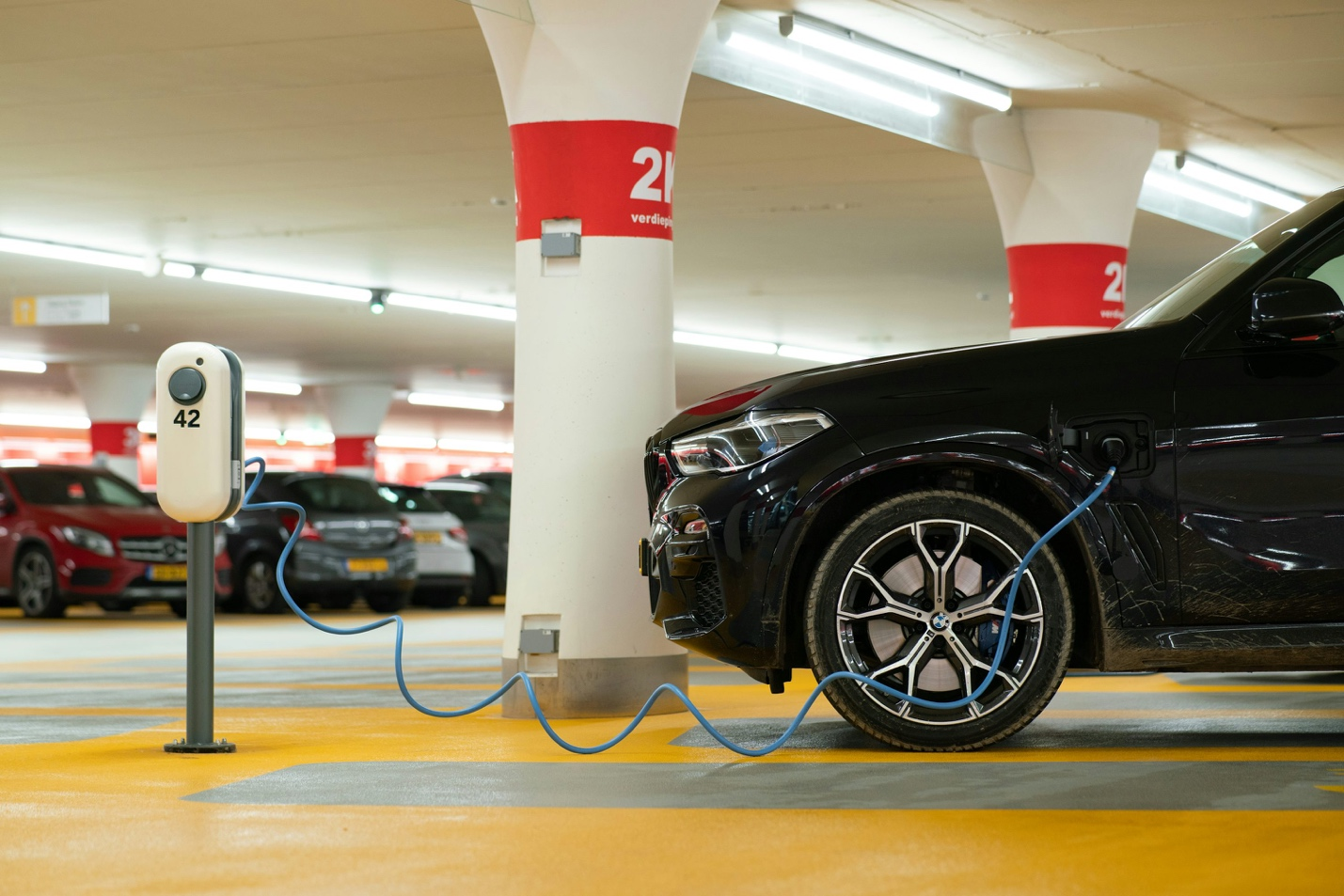
EV Battery Thermal Management: The Key in Operation and Manufacturing
When it comes to EV batteries manufacturing and operation, thermal management means controlling and regulating the temperature of batteries. This is both during manufacturing processes and vehicle operation. Proper EV battery thermal management is critical, which generates a significant amount of heat that must be dissipated to optimize performance and life expectancy. Cell thermal management is the critical factor to consider when manufacturing batteries and powering EVs. EV Batteries: Where Does the Heat Come From? Several manufacturing steps are involved in building lithium-ion equipment batteries used for electric vehicles. Many of these procedures generate heat through chemical reactions or electrical energy conversions taking place at the cell level. Formation bonds components as lithium ions enter electrodes, generating heat as well. Assembly and testing equipment also contribute minor amounts. Once in EVs, charging/discharging drives chemical reactions at anodes/cathodes. This energy release powers vehicles but also creates wasted thermal energy. Higher power flow means more significant inside temps. Tight housing insulation locks this battery heat in without sufficient ventilation and cooling. Temperature swings accelerate aging if not balanced. Therefore, precise EV battery thermal management remains vital for performance and safety long term. The Impacts of High/Low Temperature on EV Batteries Battery performance and life are heavily impacted by extreme temperatures. When EV batteries are running, high temperatures can cause thermal runaway and cause materials like electrolytes to break down. During EV battery manufacturing, the high-temperature environment would influence the chemical elements prepared for the battery and the battery water, which affects the performance of final production. They also lead to an increase in electrical resistance and chemical reactions to accelerate aging. Prolonged exposure to high heat risks damaging separators and triggering dangerous overheating. Low temperatures have negative impacts as well. They increase resistance, slow ion transfer, shorten usable capacity, and heighten charging times.










